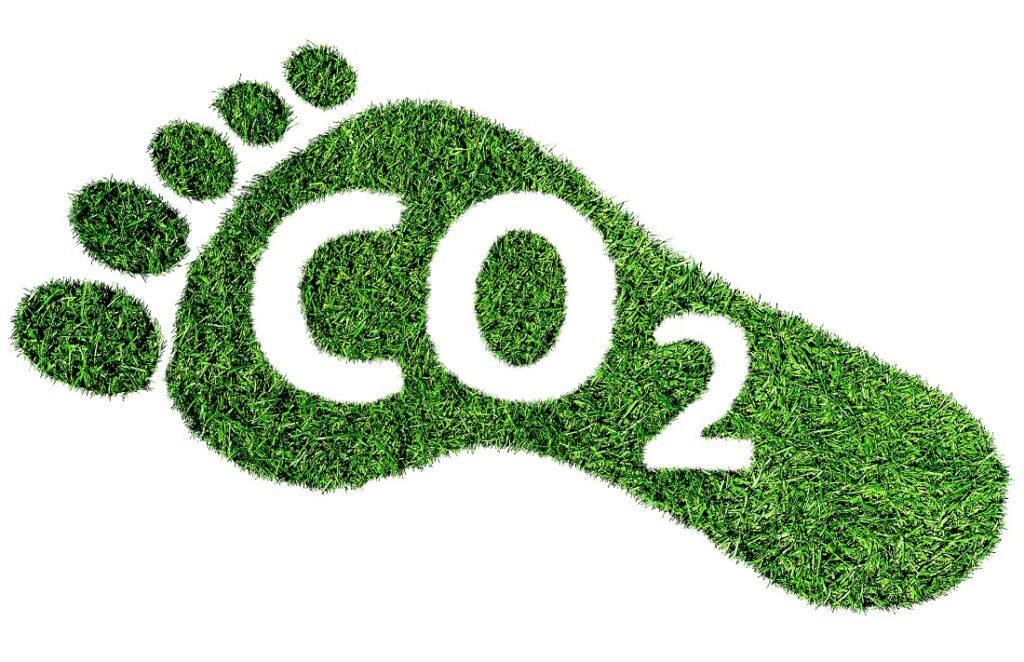On June 26, 2025, China’s Ministry of Industry and Information Technology (MIIT) released the “Implementation plan for strengthening the promotion of green and low-carbon standardization in industrial and information technology sectors.”
The plan aims to enhance the role of standards in driving and supporting green and low-carbon development in the industrial and IT sectors, while further improving the overall standard system. The following is a summary of the plan.
Development Goals
- By 2027, more than 100 green and low-carbon standards will be revised or newly formulated, gradually establishing a comprehensive standard system for green and low-carbon development in the industrial and IT sectors.
- By 2030, the foundation for standardization in these sectors will be further strengthened, with a more robust system in place to support green and low-carbon development through standardization.
Key Tasks
- Action to promote the revision and development of key standards
Accelerate the development of standards for calculating carbon footprints and for comprehensive resource utilization.
Priority will be given to formulating carbon footprint standards for key products such as steel, electrolytic aluminum, cement, chemical fertilizers, hydrogen, lime, glass, ethylene, synthetic ammonia, calcium carbide, methanol, lithium batteries, new energy vehicles, photovoltaic products, and electronic and electrical equipment.
Products with significant emission reduction potential, urgent market demand, and strong supply chain influence will be prioritized. - Action to drive innovation through standards
Strengthen the role of standards in fostering green and low-carbon industries, and promote the development of standards that coordinate digitalization and green transformation. - Action to improve and update standards
Expedite the revision and enhancement of energy-saving and water-saving standards and actively upgrade and refine green manufacturing standards.
An annex to the implementation plan outlines key areas for consideration from 2025 to 2027 in tabular format. The document lists 70 priority topics across critical areas such as green factories, green industrial parks, green supply chains, green design, zero-carbon factories and parks, digital carbon management, carbon footprint management, energy efficiency, waste heat utilization, hydrogen energy use, green data centers, industrial solid waste, new types of solid waste, new energy vehicles, industrial water conservation, RoHS, and ELV.
The original text of the implementation plan is available at:
https://www.miit.gov.cn/zwgk/zcwj/wjfb/tz/art/2025/art_e9123ba56ce74d74b09124019c7d509b.html
 China announces plan to revise and develop green and low-carbon standards in industrial sectors
China announces plan to revise and develop green and low-carbon standards in industrial sectors 

























